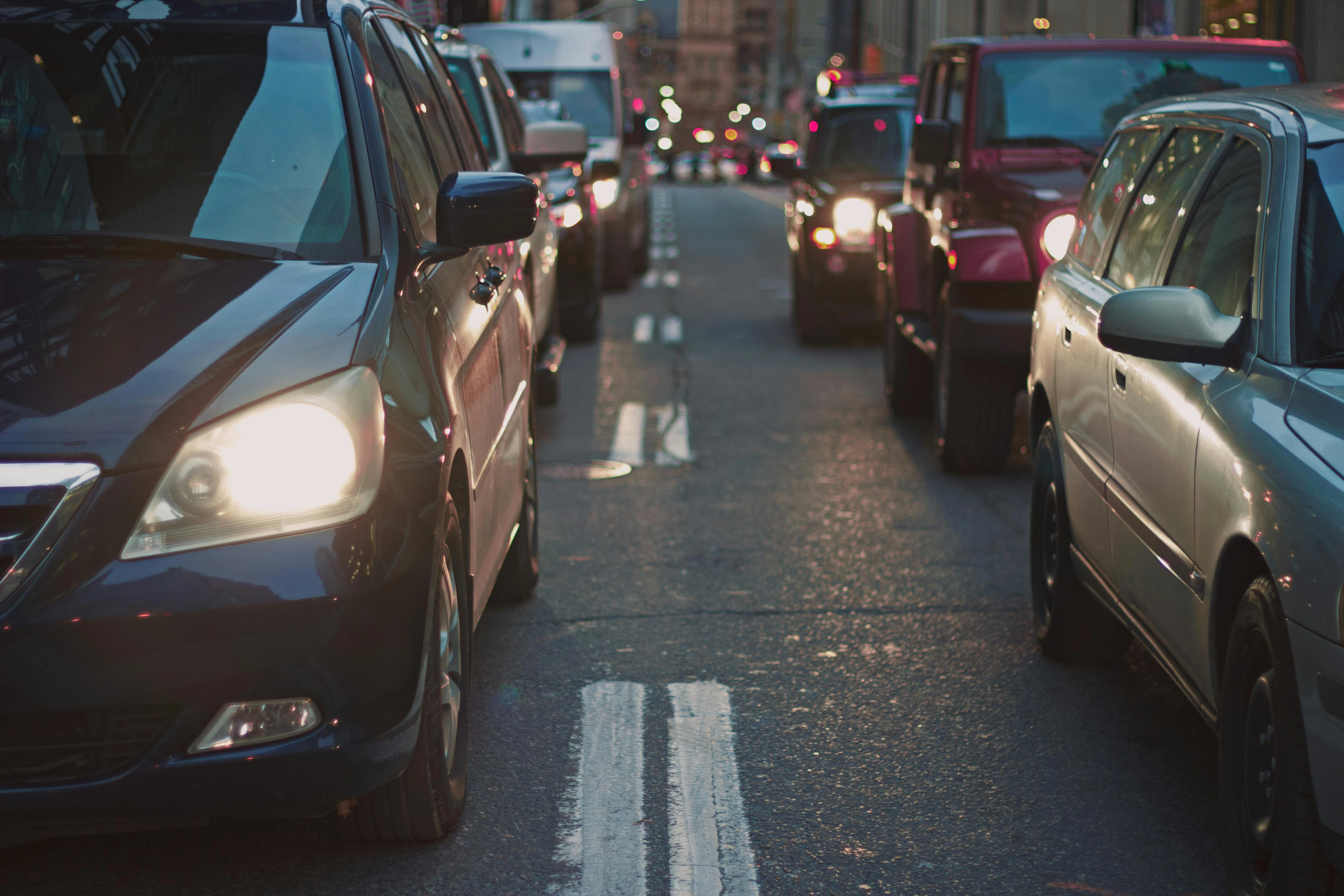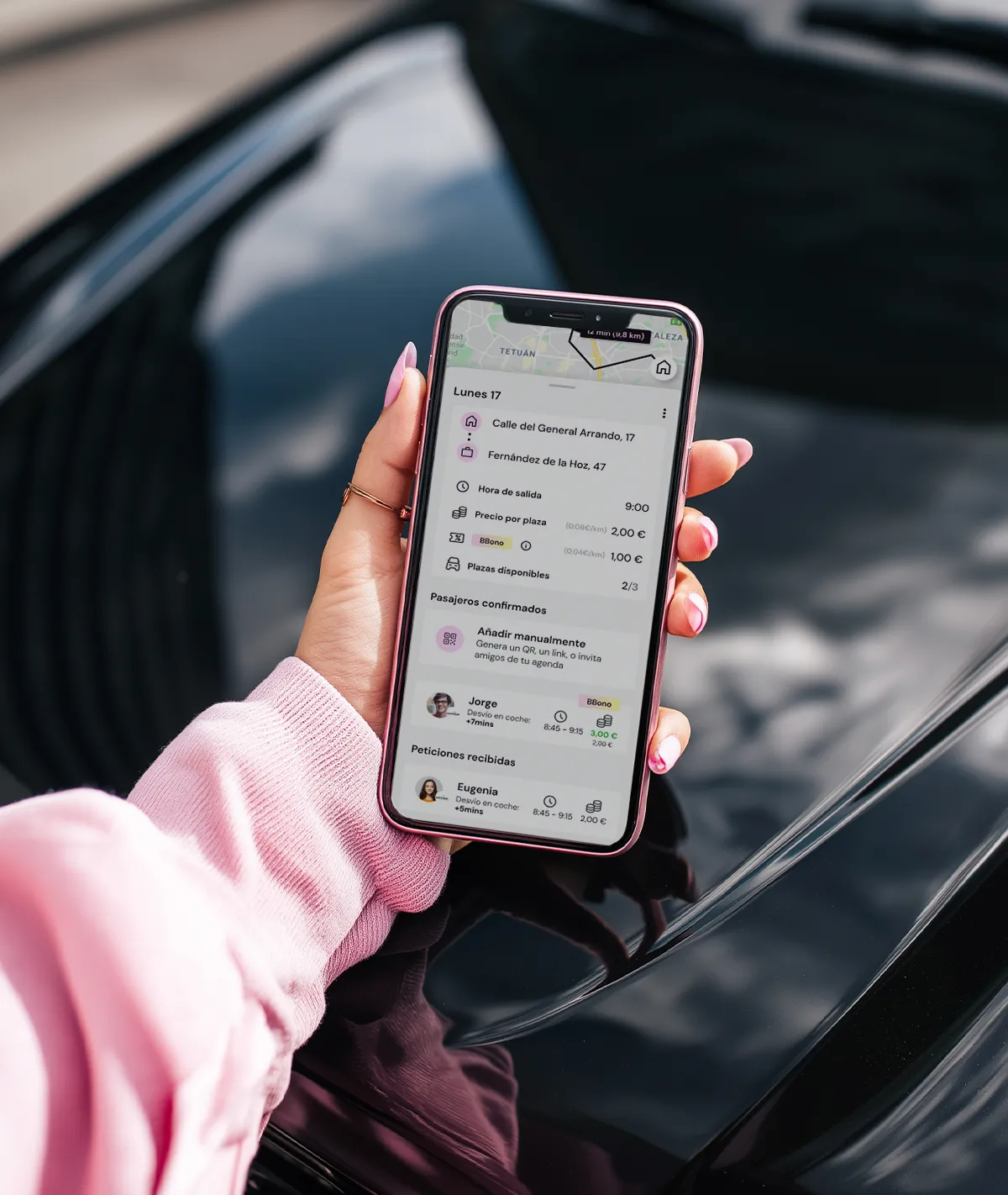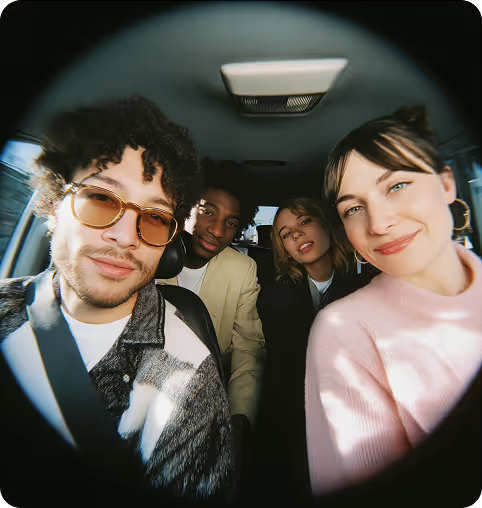Transportation and the History of Humanity

The history of transportation is, in fact, the story of how we have moved as humanity. Every invention—from the wheel to the airplane—not only changed the way we traveled, it changed the course of civilization. Today, when we talk about shared and sustainable mobility, we continue to write one more chapter of that same story.
The origin: the wheel and the sea
With the wheel came the first cars, the basis of what centuries later would be the automobile. At the same time, early civilizations began jumping into the water with rudimentary vessels. Those hand-moved rafts marked the beginning of exploration, trade and connection between peoples.
The Power of the Sea
Phoenicians, Greeks and Vikings understood before anyone else that dominating the sea was dominating the world. Later, Columbus and Magallanes opened routes that linked continents. The Industrial Revolution added steamboats and, with the Suez Canal and the Panama Canal, the oceans shortened. Today, container ships are the backbone of global trade.
The revolution on rails
In 1814, George Stephenson introduced the first practical locomotive. With the “Rocket” in 1829, the speed of land transport took an unstoppable leap. Trains didn't just accelerate the Industrial Revolution: they redefined time, brought cities closer together and opened up a world of opportunities that previously seemed impossible.
The automobile: from skepticism to hegemony
In 1885, Karl Benz invented the first gasoline-powered car. At first it was seen as a dangerous toy, until the first races proved its reliability. The car soon became the dominant mode of transportation on the planet. Today, it is a symbol of freedom... but also of the environmental challenge that forces us to seek alternatives.
The sky as the limit
In 1903, the Wright brothers flew the “Flyer” in North Carolina. Twelve seconds were enough to change history. Since then, aviation has connected places previously unthinkable and has transformed the way we understand the world.
The history of carpooling
In the 60s and 70s, with the oil crisis, a logical practice emerged: car sharing. What began informally between neighbors or colleagues has now become a structured system. TRIBBU is heir to that tradition, but with a key twist: the digital and the collective make it the most intelligent, social and sustainable way of moving.

Each invention in mobility didn't just take us further: it changed us as a society.
Mobility as the main engine of history
“Transportation is civilization.”
Rudyard Kipling, British writer
History of mobility: a journey that continues
From the four-wheeled car to the shared electric car. From the primitive raft to the ferry that crosses oceans. From the steam locomotive to the high-speed train. Mobility has always been the engine of progress and will continue to set the course of our lives.
At TRIBBU, we believe that the next step is not to invent a new vehicle, but to make better use of the ones we already have. Carpool, move together, reduce the nonsense of empty seats. That's the new story we're writing.
Thank you, really.



